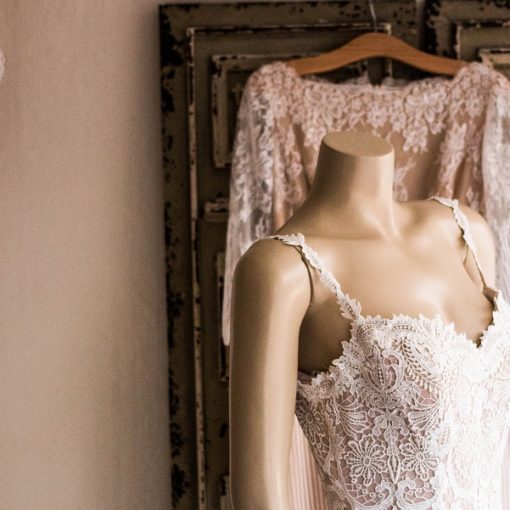Transitioning your wardrobe between seasons can be a fun and refreshing process, allowing you to mix and match different pieces to create new and exciting outfits. Here are some tips to make the transition smooth and stylish:
1. Layering is Key
Layering is an essential strategy for transitioning between seasons. Start with lightweight base layers, such as t-shirts or tank tops, and add on sweaters, cardigans, or jackets as needed. This allows you to adjust to fluctuating temperatures throughout the day. For instance, a light cardigan over a summer dress can make it appropriate for cooler fall weather. Work with high quality pieces that will work well together, such as designer items from froxx.co.uk.
2. Mix Seasonal Pieces
Don’t be afraid to mix pieces from different seasons. Pair a summer skirt with a cozy sweater, or wear a sundress with tights and boots. This extends the usability of your summer items and creates a fresh look without needing to buy a whole new wardrobe.
3. Use Accessories Wisely
Accessories can significantly impact your outfit’s seasonal adaptability. Scarves, hats, and gloves can add warmth and style without committing to heavier clothing. Opt for lighter scarves in early fall or spring and transition to heavier, knit options as it gets colder.
4. Transition Footwear
Footwear plays a crucial role in seasonal transitions. Swap out sandals and flip-flops for ankle boots or loafers as the weather cools. Start transitioning from heavy winter boots to lighter sneakers or slip-ons in spring.
5. Focus on Color Palette
Adjust your color palette to reflect the season. In fall, incorporate rich, warm tones like burgundy, mustard, and olive green. For spring, switch to pastels and brighter hues. This helps your outfits feel more seasonally appropriate even if you’re wearing similar pieces.
6. Incorporate Transitional Pieces
Invest in transitional pieces that work well in both warm and cool weather. Lightweight jackets, trench coats, and denim jackets are perfect examples. These pieces can be layered over various outfits to provide warmth without being too heavy.
7. Organize Your Closet
Keep your closet organized to easily find items suitable for the current season. Store off-season clothes in bins or vacuum-sealed bags to save space and reduce clutter. Rotate your wardrobe seasonally, bringing the appropriate clothes to the front.
8. Update Your Basics
Make sure your wardrobe basics are up to date. High-quality basics like white t-shirts, black leggings, and versatile jeans can be easily layered and paired with more seasonal pieces. Having a strong foundation makes the transition smoother.
9. Consider Fabrics
Choose fabrics that are suitable for transitional weather. Wool, cashmere, and flannel are great for fall and winter, while cotton and linen work well for spring and summer. Blends can offer the best of both worlds, providing warmth without being too heavy.
10. Plan Ahead
Check the weather forecast regularly and plan your outfits accordingly. This helps you be prepared for sudden changes in temperature and ensures you’re dressed comfortably for the day.
11. Experiment and Have Fun
Transitioning your wardrobe is a great time to experiment with new styles and combinations. Don’t be afraid to try new things and step out of your comfort zone. Fashion is about expressing yourself, so have Fun with it!
By following these tips, you can smoothly transition your wardrobe between seasons while staying stylish and comfortable. Embrace the change and enjoy the opportunity to refresh your look!





